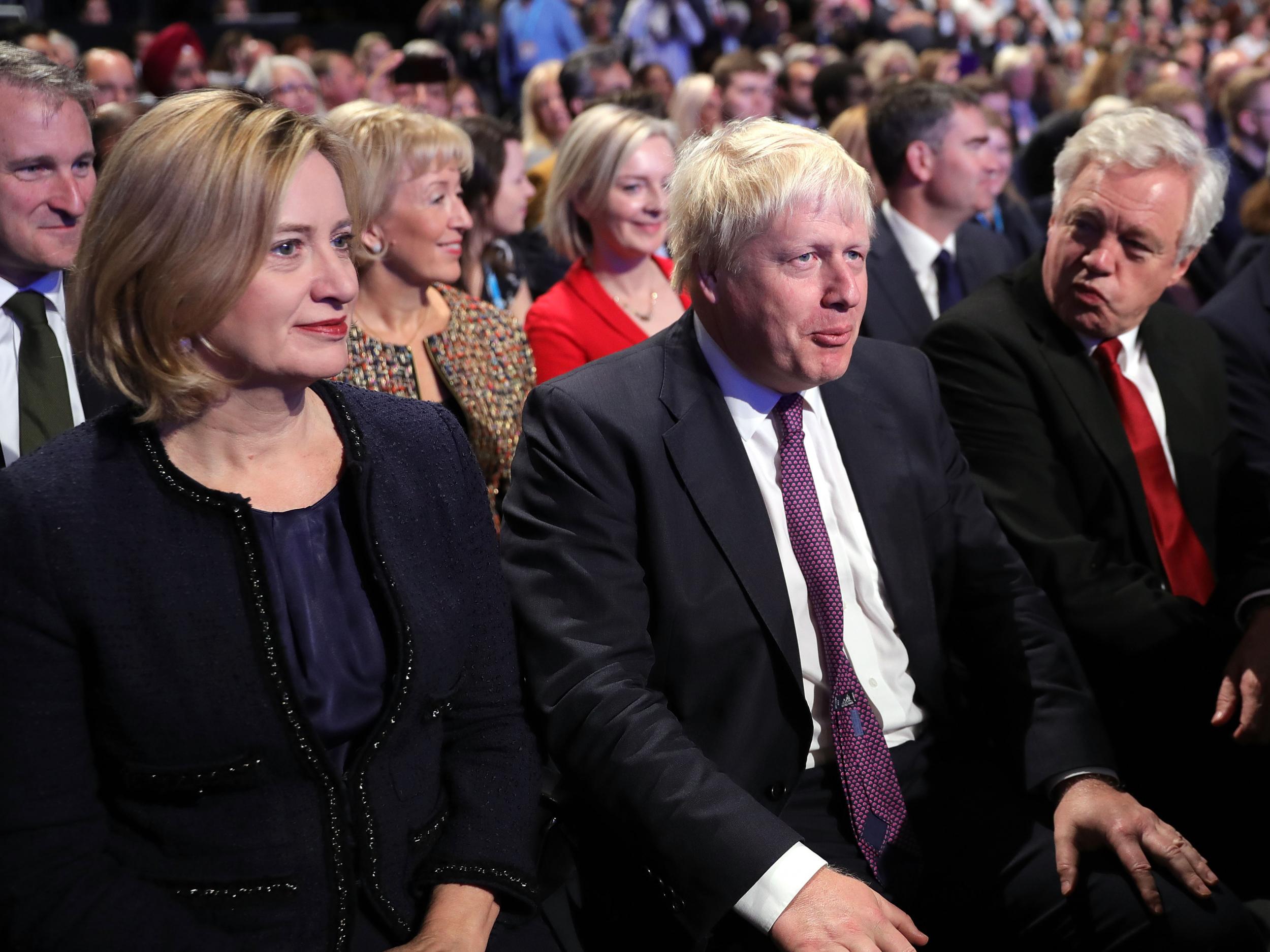If the public want any control over Brexit, they’re going to have to join the Conservatives and ‘do a Corbyn’
Remember: party members pick the party leader – so if Theresa May falls, do you want it to be you, or Tory Brexiteers, who chooses the next PM?


Now is the time for all good people to join the Conservative Party. Theresa May will probably stay in office this week and next, but after her party conference speech she is even more likely than she was before to stand down before the next election.
And if she does, the final choice of her successor is likely to be made by Tory party members, who are estimated to number little more than 100,000.
Once the assumption becomes accepted that a prime minister is not going to fight the next election, it becomes increasingly hard to resist the downward slide. I am reading the sixth volume of Alastair Campbell’s diaries now, covering the Tony Blair’s last two years from the 2005 election to when he said “That is that; the end” in the House of Commons in 2007. Blair had a lot of fierce support and yet was nudged towards the exit some time before he wanted to go.
The timetable for Theresa May’s departure is complicated by the Brexit talks and the absence of a dominant possible successor, but I have been struck in the past few days by the number of Conservative MPs who no longer think she will still be Prime Minister when we leave the EU in March 2019.
Which means another scramble to look up the rules for Conservative leadership elections. The main rules are well known: eliminating ballots among Tory MPs, with the last two candidates put to the party members to make the final choice.
But some of the details are obscure. One is that, once the incumbent stands down, he or she cannot be a candidate in the subsequent election. That means May cannot do what John Major did in 1995, when he tried to quell leadership speculation by resigning to force a contest. Mind you, as it made his position even weaker, perhaps she wouldn’t want to.

Another detail, in clause 5 of schedule 2, could be more important. It says the vote among party members is restricted to those who “have been members for at least three months immediately prior to the close of the ballot for the election of the leader”. If the election is held before January, that means only those who are currently Tory party members will be eligible to vote. But if it is later than that, there is still time to sign up to have your say in who the next prime minister should be.
The next Tory leadership election could be the first time in history that the prime minister of the UK is directly decided by a party’s members. Since Labour members were given a share of the votes in choosing their leader in 1981, they chose Blair in opposition and he became Prime Minister with the approval of the general electorate. Tory party members were given the final say in 1998, and in 2005 they chose David Cameron, who also needed a general election to make him Prime Minister.

Their successors, Gordon Brown and Theresa May, took over in curtailed contests decided by their MPs alone without going to party members. Brown was elected unopposed after John McDonnell failed to secure enough nominations from MPs to stand against him, and May was unopposed in the final stage because Andrea Leadsom withdrew.
Things are likely to be different next time. When May stands down, the chances are that Tory MPs will put two names to the party members. If the Prime Minister were to decide over Christmas that she had had enough, those names could be Amber Rudd and David Davis. Boris Johnson has not endeared himself to his Commons colleagues with his conspicuous pre-conference disloyalty. While Jacob Rees-Mogg has not endeared himself to them with his conspicuous celebrity and cult status.
The speed of politics is such that everything could look quite different next year. The Brexit talks start to get difficult now and the crunch cannot be avoided by the early summer of next year. Some of those closely involved are worried about the prospects – so worried that May and Davis have started talking publicly about preparations for no deal being agreed in the end.

If the talks do collapse, it would unleash unknown forces, with who knows what effect on May and her rivals. One source predicts that “none of the current crop will survive it”.
You can see why Nick Clegg has risked expulsion from the Liberal Democrats by urging people to join the Tories. If people want to influence the choice of May’s successor, and hence the possible shape of Brexit, now is the time to sign up. Now is the time for some reverse Corbynism. Join now and in three months’ time you will be eligible to decide, directly, who governs Britain. It is not hard to imagine 20,000 Remainers joining to vote for Rudd or, eventually, Ruth Davidson. Or 20,000 Ukip entryists joining to try to “keep the Government honest” on Brexit.
Tory party membership may not go up to the 600,000 claimed by Corbyn’s Labour, but this coming choice could be a more significant one than any made by a Labour member. The Tories even have a special offer for under 23s: full membership for £5. If you want to have your say over who the next prime minister is, you know what to do.
Join our commenting forum
Join thought-provoking conversations, follow other Independent readers and see their replies
Comments